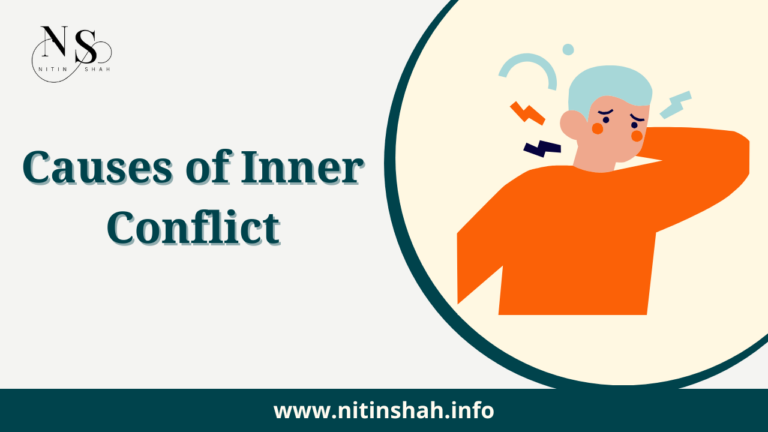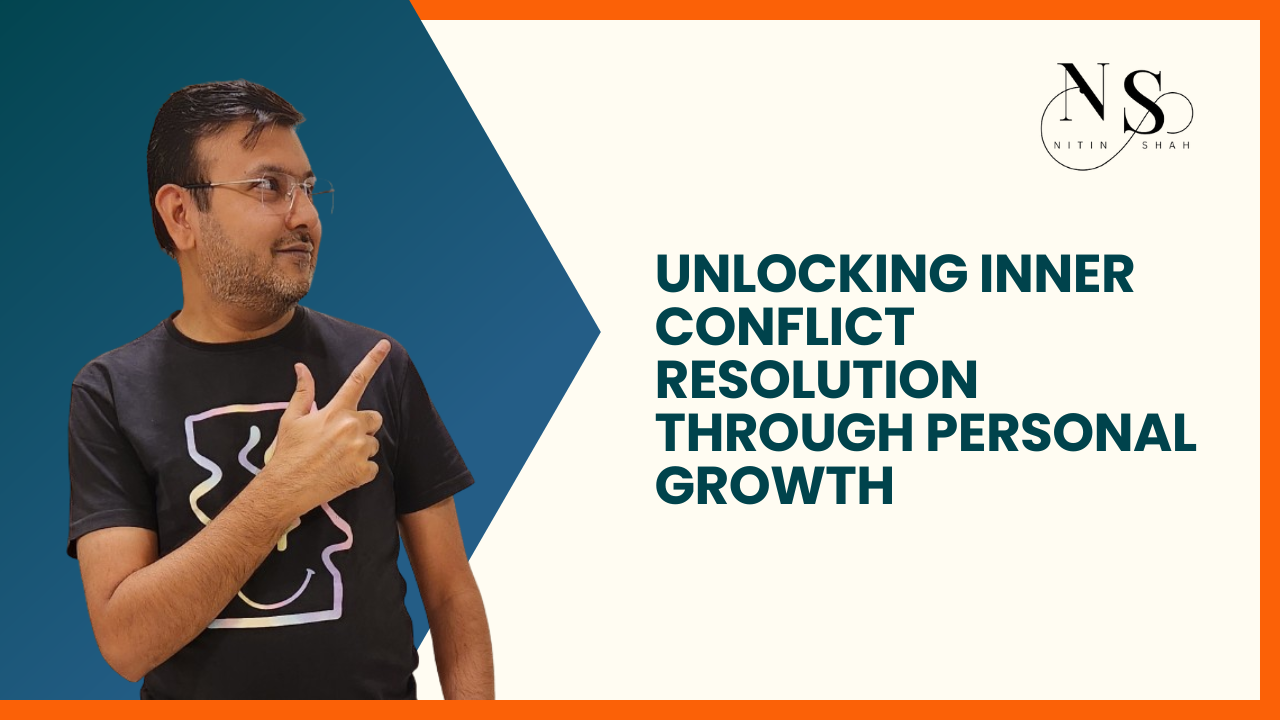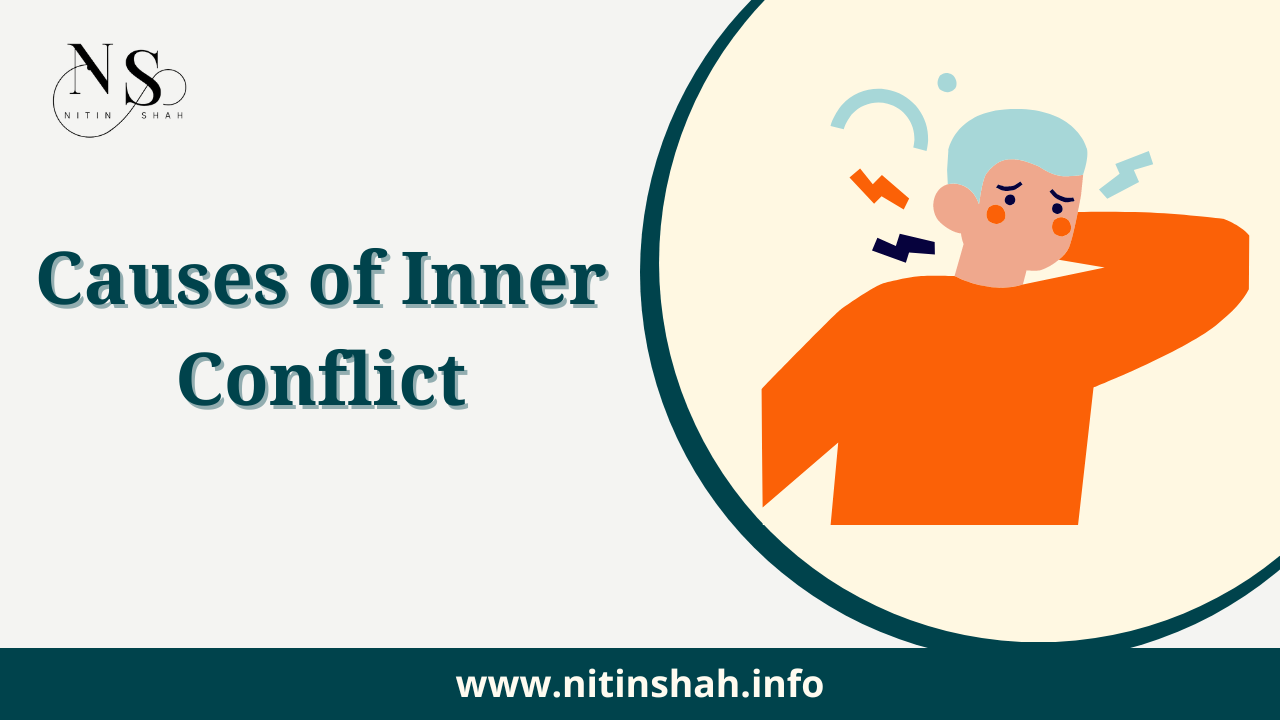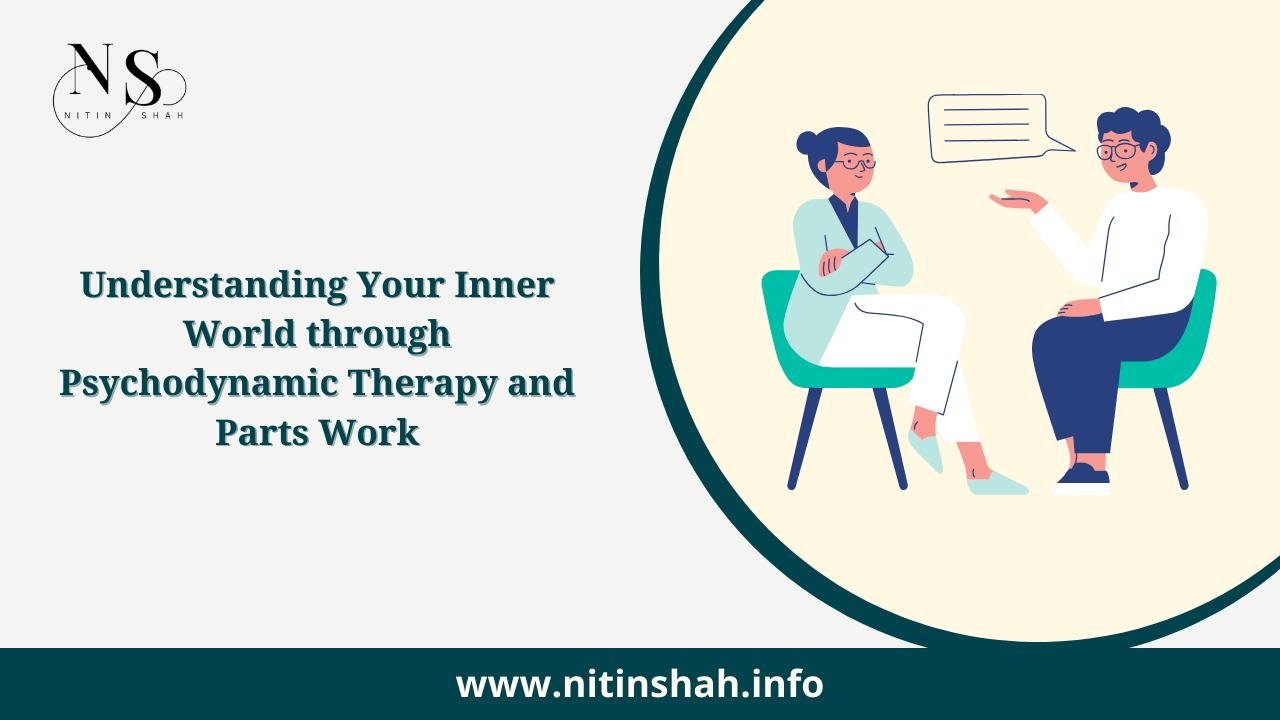Inner conflict is a universal human experience that arises when different aspects of our personality clash, leading to feelings of tension, confusion, and emotional turmoil. This inner turmoil can affect our well-being, decision-making, and relationships. To gain insight into the causes of inner conflict and learn how to manage it effectively, we need to explore various psychological concepts and theories. In this comprehensive article, we will delve into the roots of inner conflict, drawing from psychological concepts such as fixation at a younger age, parts work, the conscious-unconscious divide, cognitive dissonance, emotional conflicts, external influences, coping mechanisms, and the path to healing and resolution.
The Nature of Inner Conflict
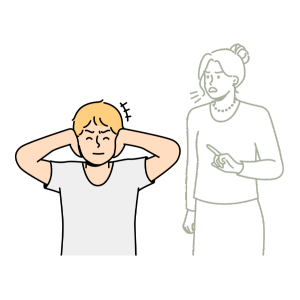
- Inner Conflict Defined: Inner conflict is the result of a struggle between different parts of the self, each with its own desires, beliefs, and motivations. These conflicting parts can manifest in various aspects of our lives, from career choices to relationships.
- Duality of the Self: To understand inner conflict, it’s essential to recognize that the self is not a singular entity but a collection of various inner “parts” or aspects. These parts often have competing interests and can pull us in different directions.
- The Paradox of Inner Conflict: Inner conflict can sometimes be paradoxical. For example, a part of you may want to pursue a new career, while another part may resist change, causing a sense of inner turmoil.
Psychoanalytic Perspective: Fixation at a Younger Age
- Sigmund Freud’s Theory of Psychosexual Development: Freud’s theory suggests that early experiences shape our personality. Fixation occurs when a person becomes “stuck” at a particular stage of development due to unresolved conflicts.
- Erik Erikson’s Theory of Psychosocial Development: Erik Erikson expanded on Freud’s work by emphasizing psychosocial development across the lifespan. Inner conflicts may arise when individuals struggle to resolve the crises presented at each stage of development.
- The Role of Fixation in Inner Conflict: Fixations from childhood experiences can resurface as inner conflicts in adulthood. For example, a person who experienced trauma as a child might struggle with trust issues in relationships.
- Case Studies and Examples: Examining real-life cases can illustrate how fixation at a younger age can lead to inner conflicts, and how therapy can help resolve them.
Parts Work: Understanding the Inner Landscape
- Introduction to Parts Work: Parts work, also known as Internal Family Systems (IFS) therapy, is an approach that explores and reconciles the various inner parts of the self.
- The Multiplicity of the Self: We possess numerous inner parts, each serving a unique function. Understanding these parts and their roles is crucial for managing inner conflict.
- Practical Applications of Parts Work: Parts work offers practical techniques to identify, communicate with, and harmonize conflicting inner parts. It can provide profound insights into the sources of inner conflict.
The Conscious and Unconscious Mind
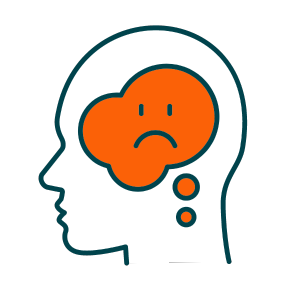
- Freud’s Model of Consciousness: Freud proposed a model of consciousness consisting of the conscious mind (thoughts and feelings we are aware of), the preconscious (thoughts accessible with effort), and the unconscious (thoughts and memories hidden from conscious awareness).
- The Unconscious Mind and Hidden Conflicts: Many inner conflicts arise from the unconscious mind, where repressed thoughts, memories, and desires reside. Bringing these into conscious awareness is essential for resolution.
- Repression and Its Impact on Inner Conflict: Repression, a defense mechanism, keeps painful or unacceptable thoughts hidden. However, these repressed elements can contribute to inner turmoil.
Cognitive Dissonance: When Beliefs Clash
- Cognitive Dissonance Theory: Cognitive dissonance occurs when there is a mismatch between our beliefs and actions, leading to discomfort. Resolving this discomfort can either change our beliefs or behaviors.
- How Beliefs and Values Create Inner Conflict: We often experience inner conflict when our values and beliefs clash. This can occur in moral dilemmas, lifestyle choices, or personal relationships.
- Strategies for Resolving Cognitive Dissonance: Understanding cognitive dissonance can help us make informed decisions and reduce inner conflict. This section explores strategies to address this discomfort.
Emotions and Inner Conflict
Emotional Conflicts and Their Origins: Emotions play a significant role in inner conflict. Examining the origins of conflicting emotions can provide insights into their resolution.
- The Role of Emotions in Decision-Making: Emotional conflicts can impact our decision-making processes. Recognizing the interplay between emotions and inner conflict is essential for informed choices.
- Emotional Regulation as a Tool for Resolving Inner Conflict: Learning to regulate and manage emotions can help navigate inner conflicts more effectively. This section offers practical tips for emotional self-regulation.
External Influences on Inner Conflict
- Societal Norms and Expectations: Society’s expectations and norms can exert pressure on individuals, leading to inner conflict as they grapple with their own values and societal standards.
- Cultural Factors and Inner Conflict: Cultural backgrounds and influences can shape our beliefs and behaviors, sometimes resulting in inner conflicts when cultural values differ.
- Interpersonal Relationships and Their Impact: Relationships with family, friends, and partners can trigger inner conflicts. Understanding how these relationships affect our inner landscape is crucial.
Coping Mechanisms and Inner Conflict
- Maladaptive Coping Strategies: Many individuals employ maladaptive coping mechanisms, such as avoidance or substance abuse, to manage inner conflict temporarily.
- The Cycle of Escalating Inner Conflict: Maladaptive coping strategies can exacerbate inner conflict over time, creating a cycle of increasing emotional distress.
- Developing Healthy Coping Mechanisms: This section provides guidance on developing healthier coping mechanisms to manage inner conflict constructively.
Healing and Resolution
- Self-Acceptance and Self-Integration: Accepting and integrating conflicting parts of the self is a critical step in resolving inner conflict. Self-compassion and self-forgiveness play pivotal roles.
- Therapeutic Approaches for Resolving Inner Conflict: Various therapeutic modalities, such as psychotherapy, IFS therapy, and mindfulness practices, can aid in resolving inner conflict.

